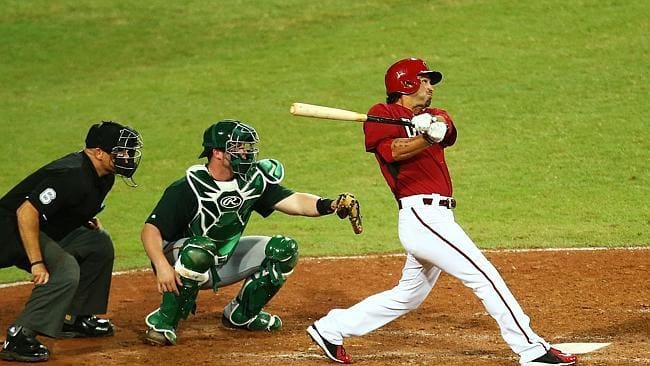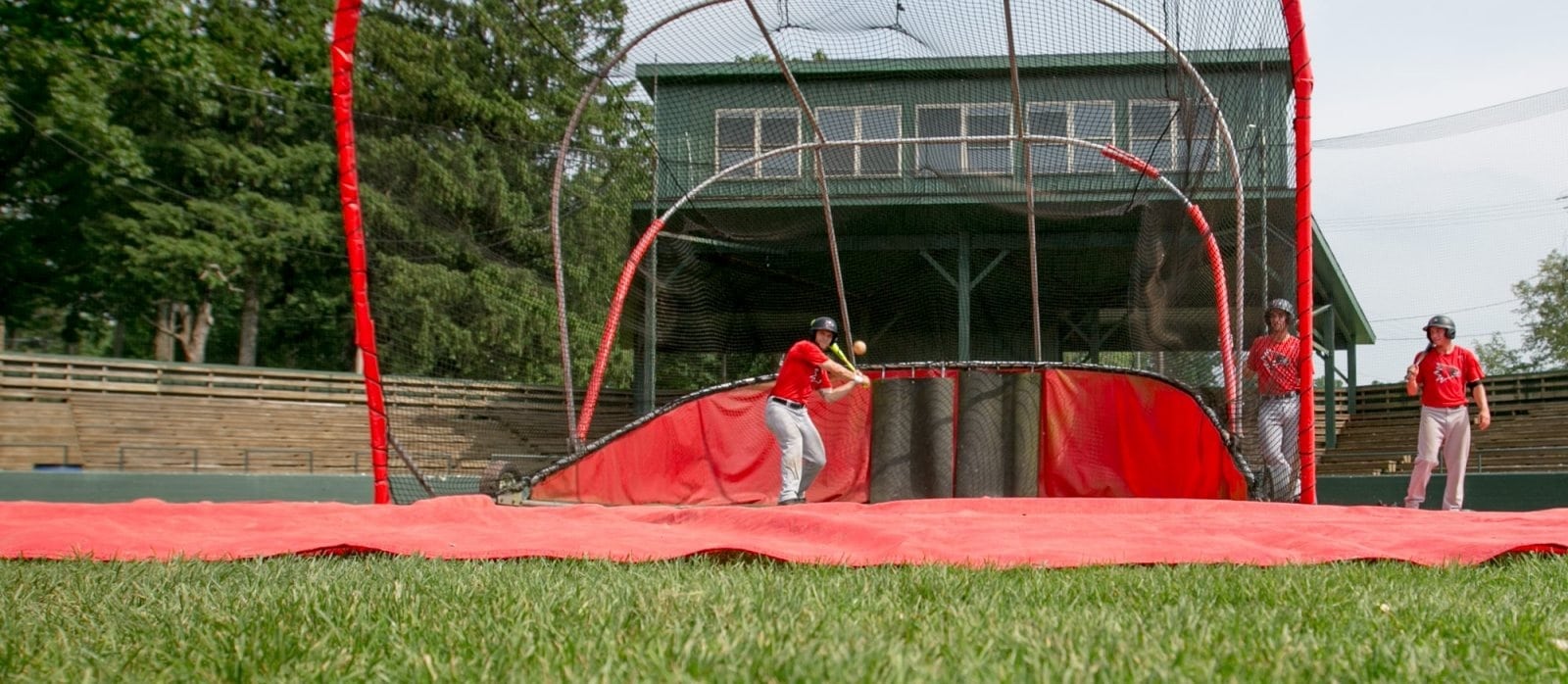
Despite plenty of baseball pitcher film study, situational analysis, pitch recognition training, and visual perception improvement, the bat still needs to hit the ball. In the three dimensional space around home plate, one moving object needs to be maneuvered at a precise height, angle, depth and timing to make contact with another object traveling through the same space with deceptive speed and flight.
A study from researchers in Japan digs deeper into understanding how hitters anticipate a pitch’s location and coordinate their body movements to be sure the sweet spot of the bat arrives on target and on time to connect.
Teaching the brain and body what it feels like to make contact at different locations around the plate is the goal of most tee-batting practice drills. Set the tee up higher and closer to the batter to experience that inside fastball, then lower and further away to simulate a slider. These three dimensions, height, depth (a point from home plate to the pitcher) and course (a point across the width of home plate, close to or away from the batter) must be calculated by the batter for each pitch if contact is to be made.
Anticipating a pitch type and location triggers this estimation process (i.e. expecting an inside fastball). The hitter’s brain preps his eyes and body to start the swing on time and at the right angle. If you’ve set-up the brain-body code to swing high and tight, the slider away won’t give you enough time to adjust the program and initiate an alternative bat swing.
“With numerous hitting experiences in both practices and games, batters develop the visuomotor process of perceiving how a pitch approaches them and how to modulate a bat’s movement depending on pitch trajectories,” wrote the sports science researchers of Daito-Bunka University in the Journal of Sports Sciences. “Therefore, improving one’s ability to respond to flight paths of different pitches is accompanied by learning how the impact location should be shifted depending on pitch trajectories.”
Using a computational model, batters learn to combine muscle movements to reach the different impact points of different pitch flights. These internal models, stored in the brain, are accessed as needed either pre-pitch and/or during the flight of the ball.
“In this sense, the mental representation, which is based on the intention and decision regarding how to hit the ball, corresponds to an internal model in the computational process. From this perspective, the batter’s preferred impact locations in tee-batting reflect corresponding mental representations regarding ball–bat impacts for different pitches.”
The researchers recruited ten experienced college players to participate in a two-part experiment. First, they stood at the plate and were asked to place their bat at the preferred impact point given nine different pitch trajectories (high/inside, middle/middle, low/away, etc.) Next, a tee with a ball was placed at each of their nine impact points. The players were asked to take a full swing at the ball while their movements were captured with a high-speed motion capture camera.
After analyzing the players’ movements, the researchers discovered some interesting details about how approach angles were modified slightly to reach certain impact points.
“Batter decisions regarding the impact locations for different heights and courses and their modulation of movements were revealed to be systematic so as to utilize biomechanical characteristics of body and bat movements,” they concluded. “However, according to the duration of bat movement, such an advantage of systematic change in impact locations can be a drawback due to the fine timing adjustments required for inside or outside pitches. This result implies that to produce a batting movement, batters put more emphasis on the spatial coordination of movement for gaining mechanical effect rather than on the timing aspect of movement.”
Of course, hitting a stationary ball off of a tee is much different than one in flight. The point of tee-batting is to allow the brain to learn how to organize the limbs to reach certain impact points.
“There are more movement parameters that we can analyze, such as the stepping movement of the front foot, the hand and wrist movements to manipulate a bat and more details regarding joint movements of limbs, including the right arm and lower extremities.”
Combining a pitch recognition video training system with actual swings would move players towards a more realistic learning environment without the wear and tear on muscles from actual batting practice.
Dan Peterson is a writer/consultant specializing in the cognitive skills of athletes.




